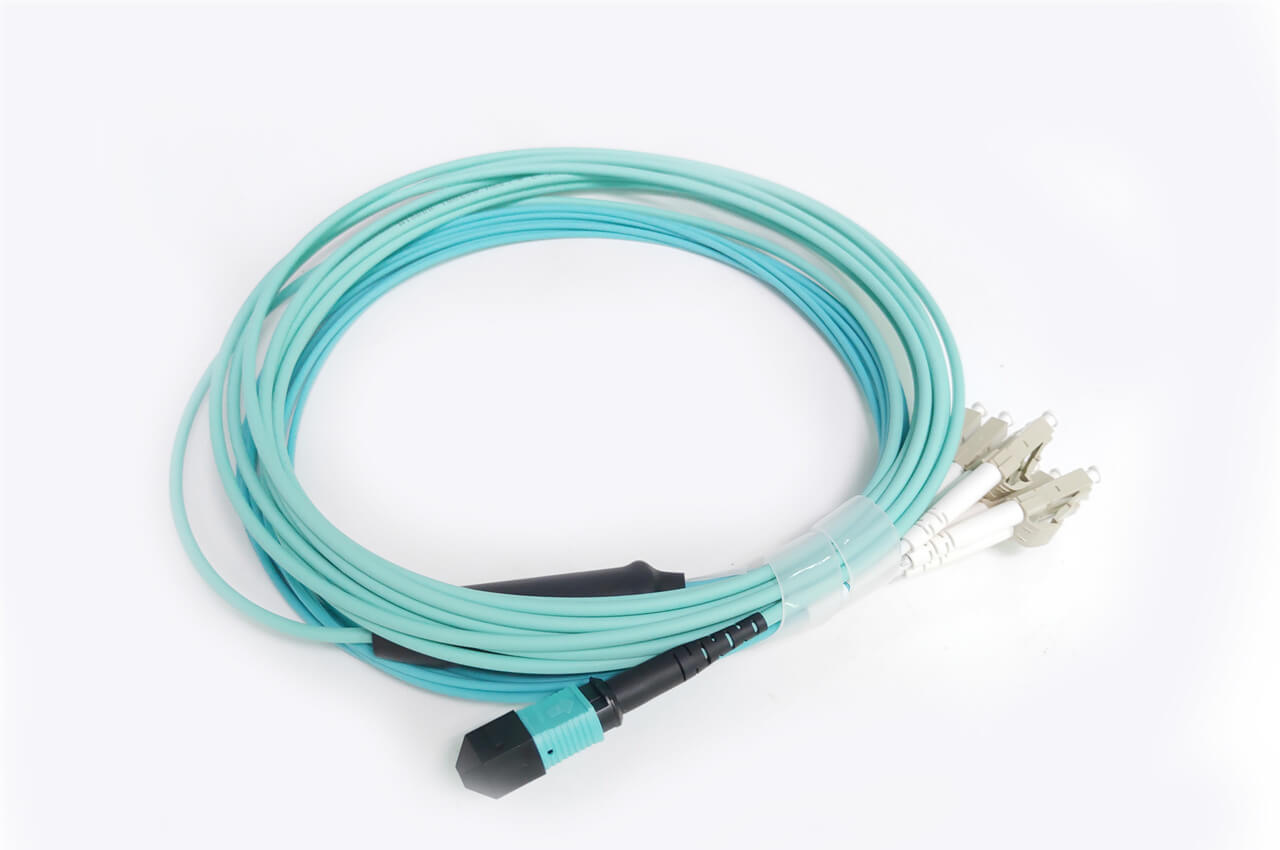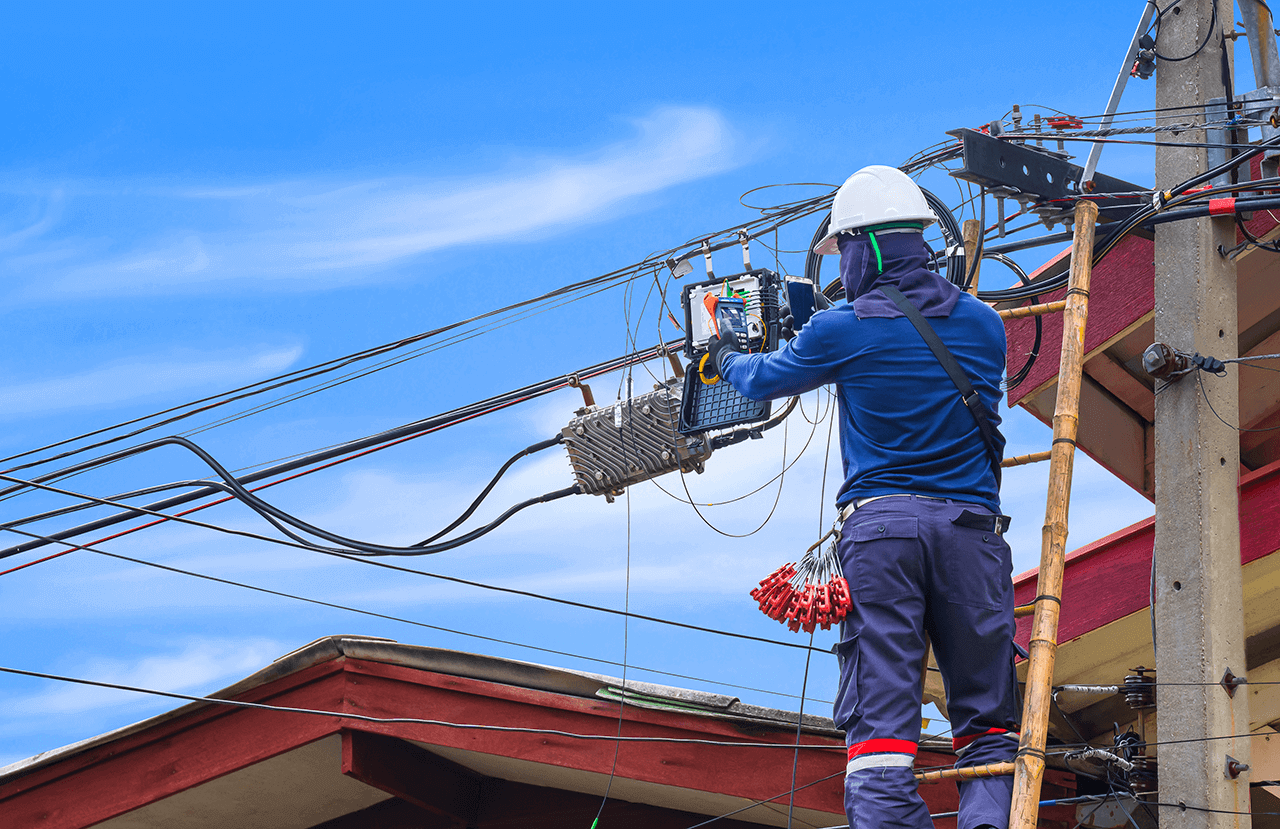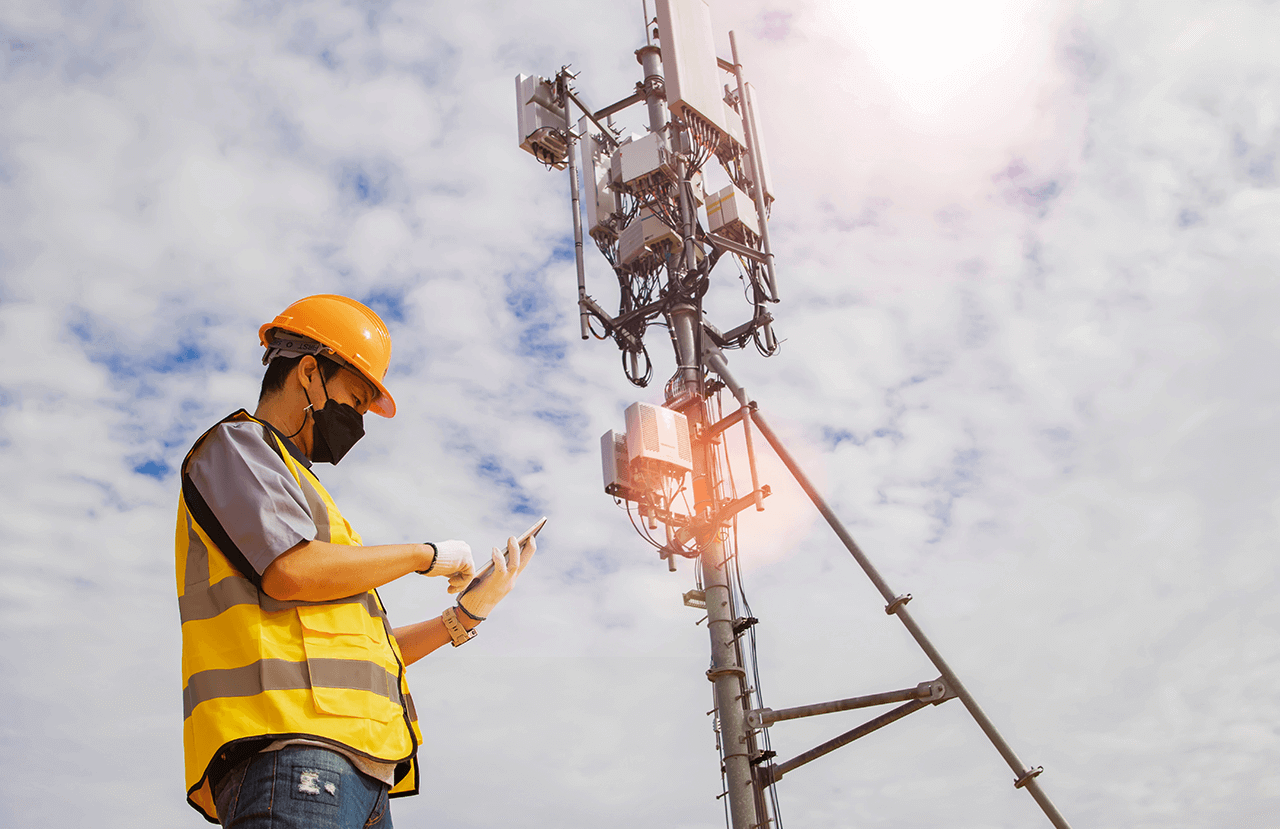
China fiber optic Factory
MPO-8 Fiber optic cables
MPO/MTP Cable Assemblies Manufacturer and Direct Sales

DATA CENTER CABLING

fiber to the home

fiber to the antenna
Explanation of MTP/MPO fibers
MPO/MTP Cassettes
MPO connectors and cables | Fiber optic tutorial
Making the Case for Base 8 Cabling – Data Center World 2019
EDGE8® Designed to make your network future-ready
The 12-core optical cable connection technology offers higher use density of connector optical fiber as compared to the 8-core optical cable connection technology. This means that when using the 12-core technology, a larger number of optical fibers can be installed quickly. However, when it comes to deploying 40G and 100G lines using transceivers with eight optical fibers, the MTP backbone connection technology is better suited. It ensures consistency between the number of optical fibers and transceivers, which is more important than the density advantage of the 12-core optical fiber connection technology.
In addition, when connecting to the switch line card using the duplex branch jumper from MTP to LC, the 8-core branch jumper can easily route to the ports of all common line cards. This is because the 8-core branch jumper can provide four-way LC duplex connection, and the number of ports of all common line cards can be divided by four. On the other hand, when using a 12-core branch jumper with a six-way LC duplex connection, it is difficult to route the branch jumpers to line cards with 16 or 32 ports. This is because the numbers 16 and 32 cannot be divided by six.
Therefore, while the 12-core optical cable connection technology has its advantages, the MTP backbone connection technology is better for maintaining consistency between the number of optical fibers and transceivers in 40G and 100G line deployments. The 8-core branch jumper is more versatile than the 12-core branch jumper when it comes to routing connections to different line cards.
Here are the advantages of 8-core and 12-core MPO fiber patch cords:
8-core advantages:
Best for two-core and eight-core optical fiber transceiver technology
Ensures 100% utilization of optical fibers in the eight-core optical fiber transceiver system
Branch jumpers can easily connect to the ports of all common line cards in the switch
Only requires an MTP jumper without a positioning pin for any connection in the link
The most flexible solution for 40G, 100G, and 400G data transmission networks
12-core advantages:
Higher optical fiber usage density compared to each 8-core optical fiber connector Compatible with the large number of cores installed in existing 12-core fiber MTP deploymentsMost enterprise-class data centers use optical fiber for most network links, and parallel optical fiber based on MPO is becoming increasingly popular due to its ability to enable the application of pre-terminated systems that can be deployed quickly and efficiently. Multiple fiber interfaces are being deployed to improve throughput and density, and this trend can be seen in many applications such as the migration of Fibre Channel to Fibre Channel over 32G, which introduces new parallel link options.
When the 8-core MPO connector was initially launched, it was used for parallel signal applications that used 8 of the 12-core positions in the industry standard 12-core MPO connector. This application is typically used in QSFP transceivers and is used for 40GBASE-SR4 or 100GBASE-SR4. Four pairs of optical fibers can transmit 10 or 25 GbE per pair to achieve 40 or 100 Gb/s channels. From an infrastructure perspective, 8-core MPO connectors are most suitable for 1:1 port connection in parallel applications. An 8-pin connector is equal to a parallel port.
There are other industry-standard multi-core connector options, such as 12-core MPO or 24-core MPO, which are increasingly popular in the market. These MPOs with more cores can provide higher architecture flexibility and relay efficiency compared to 8-core applications. For example, by using two 12-core MPOs or one 24-core MPO for the backbone cable, you can support multiple duplex, multiple parallel, or individual combinations without reconnecting the cable. This flexibility enables you to efficiently migrate applications as the network or business model evolves.
In all MPO optical fiber systems, regardless of the number of cores in the connector, polarity, or routing the transmission signal to the correct receiver is critical. Although multiple polarity methods can be used, method B is recommended.Huihongfber’s factory termination components of the MPO connector can accommodate 6 to 144 optical fibers, with 8, 12, 16, and 24-core MPO connectors being more common. According to IEC-61754-7 and EIA/TIA-604-5 (FOCIS 5) specifications and standards, 12-core optical fibers are usually arranged in one row, which can support one or more rows of optical fibers in the same MPO connector. Depending on the number of cores discharged in the connector, they are divided into one row (12 cores) or multiple rows (24 cores or more). A 12-core MPO plug is generally used for a 40G MPO-MPO optical fiber jumper, while a 24-core MPO plug is typically used for a 100G MPO-MPO optical fiber jumper. Huihongfiber also offers 16-core and 32-core MPO fiber patch cords. The 16/32 core MPO optical fiber connector is the best solution for low latency and ultra-high-speed transmission in 400G networks.
Thank you for your inquiry
MPO-8 fiber cables are a reliable and versatile product that offers several features to meet the varying demands of modern communication systems. Huihongfiber MPO cables come in a range of core numbers, with 8, 12, 16 and 24 cores being the most common options. This allows users to choose a cable that best suits their specific needs. Additionally, the end surface of the fiber optic head can be customized to include either PC or APC polishing types. These cables are available in both single-mode and multi-mode types, with multi-mode options including OM3, OM4, and OM5. The length of the patch cord can be customized to suit the user’s requirements, with common lengths being 1, 2, 3, 5, 10, 15, and 30 meters and more. It is important to note that fiber optic patch cords have a certain bending radius limit, and excessive bending can damage the cable. Therefore, users should be cautious when handling the cables to avoid bending them beyond the recommended limit.
